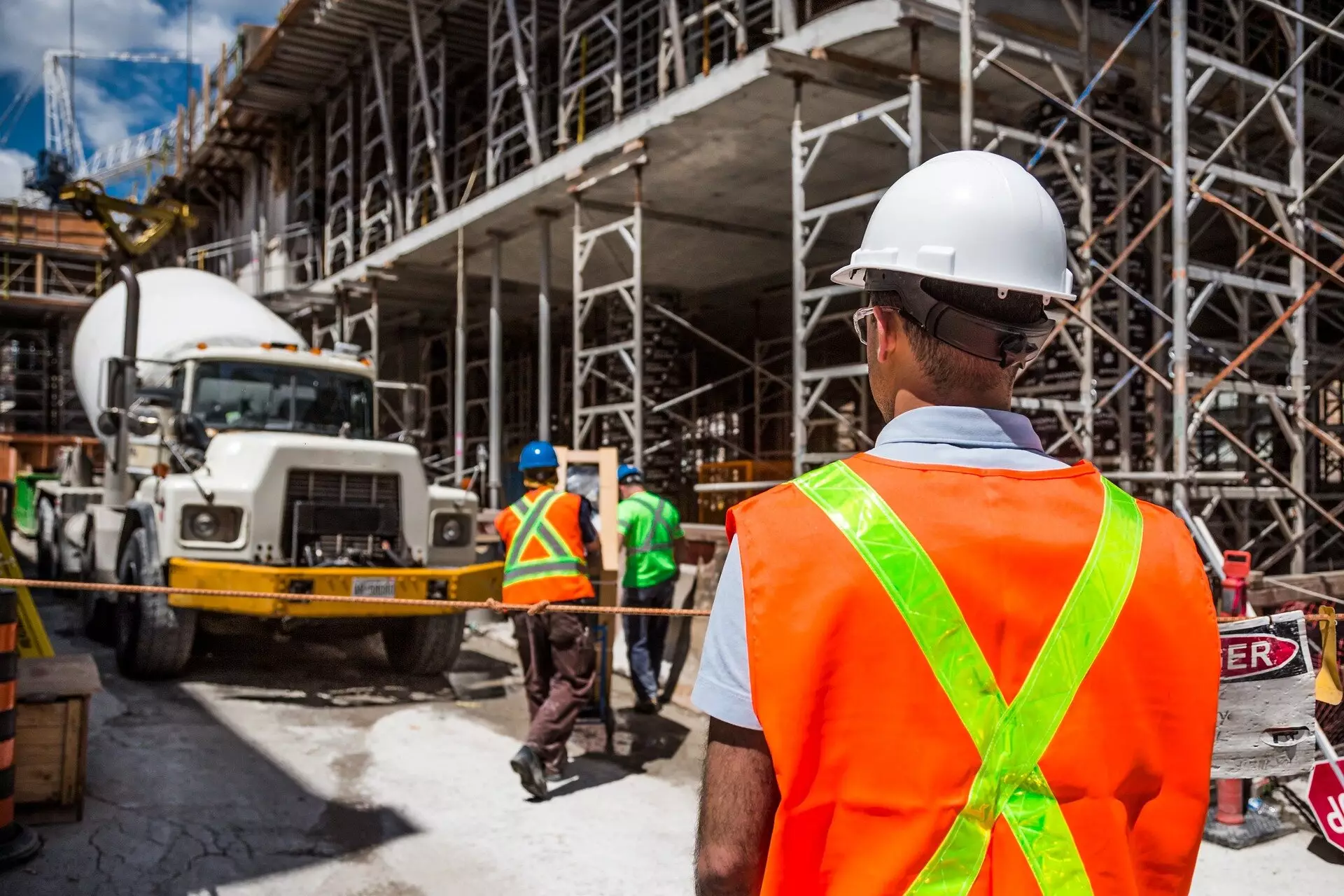The construction industry is under increasing pressure to adopt sustainable practices due to its substantial contribution to carbon emissions and waste generation. A groundbreaking report by experts from the University of Dundee and the Mineral Products Association (MPA) shines a spotlight on a remarkable opportunity: leveraging waste clay and brick in concrete production. This innovative approach could play a crucial role in significantly reducing the carbon footprint of the UK construction sector, while also addressing waste management issues.
According to the research findings, employing reclaimed clays and finely ground brick powder can serve as an alternative to traditional cement mixtures, specifically the prevalent CEM I cement. This could result in an impressive reduction of up to 30% in embodied carbon within concrete production. The key takeaway here is that incorporating these materials would not only enhance sustainability but also divert roughly 1.4 million tons of waste from landfills into useful products, effectively demonstrating the intersection of waste management and environmentally friendly construction methods.
The investigation conducted by the Concrete Technology Unit at the University of Dundee involved extensive testing of calcined clay concretes, focusing on their long-term durability and performance in challenging environments, such as coastal regions and offshore infrastructure. This aspect of the research highlights the rigorous standards needed to ensure that alternative materials meet or exceed the performance of conventional cement. This testing is crucial, as it lays the groundwork for broader adoption in real-world construction projects.
Dr. Moray Newlands emphasizes that calcined clay can serve as a viable alternative to traditional cement, enhancing the durability and longevity of concrete while simultaneously reducing carbon emissions. This dual benefit is vital as the UK pushes towards legally binding net-zero emissions targets. The findings indicate that buildings, bridges, and marine structures could all benefit from the use of calcined clay, thereby broadening the material’s application in the construction sector.
Historically, alternatives like ground granulated blast-furnace slag (GGBS) and fly ash have been popular for reducing the carbon footprint of cement production. However, with the decline in the production of these materials due to the decarbonization of the power and steel industries, a new solution is required. As highlighted in the report, the naturally abundant clay found in the UK offers a timely and relevant alternative. The evaluation of two heating methods—rotary kilns and flash heating—reveals promising avenues for producing high-quality calcined clay, ensuring efficiency without sacrificing quality.
Strong backing from key industry players including Heidelberg Materials UK, Tarmac, Forterra, and University College London indicates a growing acknowledgment of the potential of these materials. Dr. Diana Casey points out that the incorporation of brick waste and reclaimed clays could not only minimize carbon emissions and reduce waste but could also lead to the establishment of a new market segment. This shift has the potential to bolster the UK’s economy, securing jobs and attracting investments in sustainable practices.
The development of low-carbon cements and concretes is more than just an isolated effort; it represents one of seven pivotal strategies outlined in the MPA UK Concrete’s ‘Roadmap to Beyond Net Zero.’ This roadmap articulates the concrete and cement industry’s commitment to achieving net-zero emissions, a goal which has already seen substantial progress, reducing carbon output by 53% since 1990. The newfound emphasis on sustainable materials like calcined clay is a testament to the industry’s adaptability in the face of environmental challenges.
With sustainable building practices gaining traction in the UK, the integration of waste clay and brick into concrete production stands as a beacon of innovation and environmental responsibility. The findings from the University of Dundee and MPA not only promise significant reductions in carbon emissions but also symbolize a shift in how the construction industry perceives waste—transforming it into valuable resources. As the industry navigates the complexities of sustainability, the pathway laid out by this research paves the way for a more environmentally conscious construction sector, poised to meet the challenges of tomorrow.


Leave a Reply